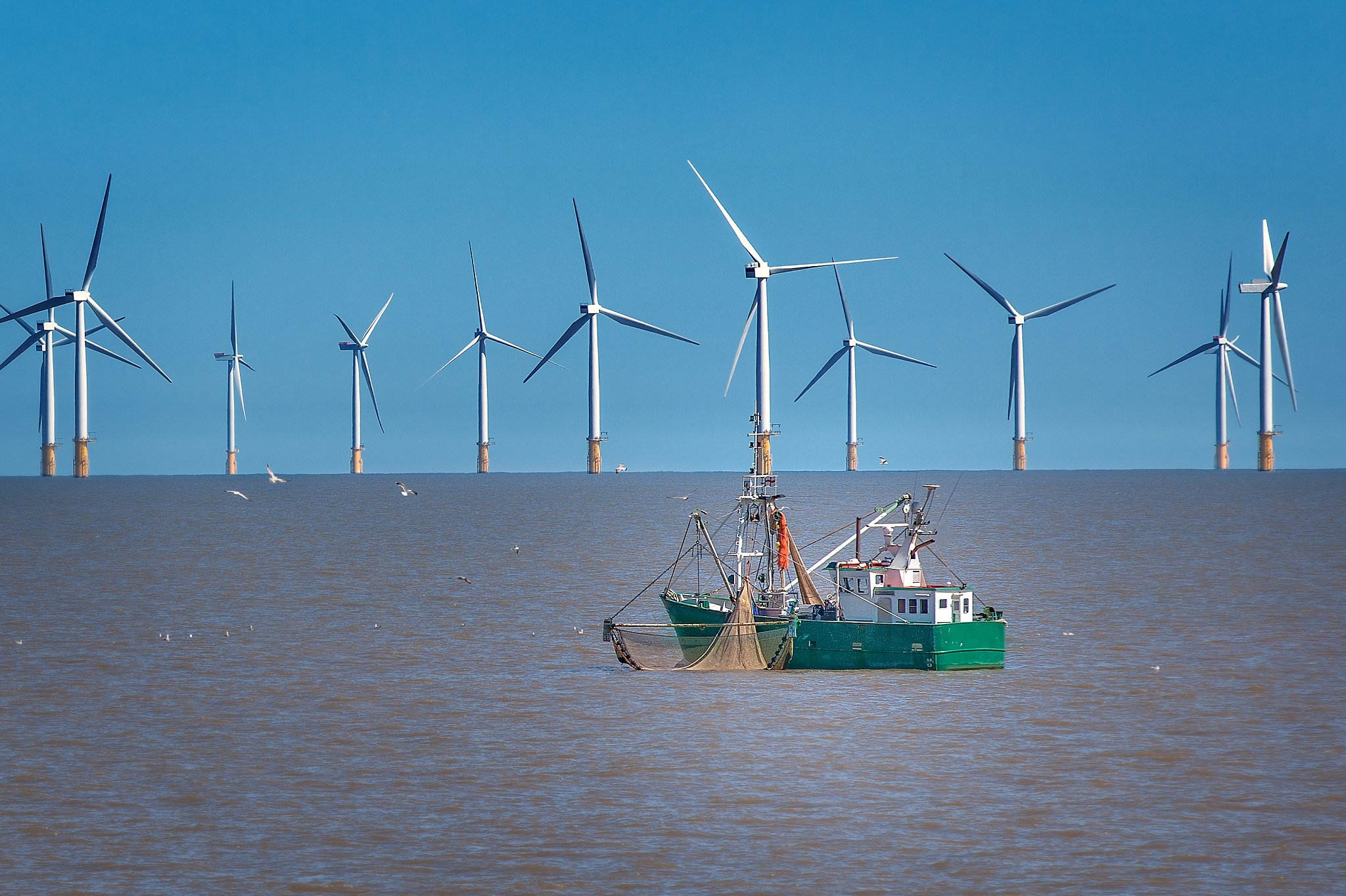Biden administration policies have dramatically accelerated approvals of offshore wind developments: The first two major U.S. offshore wind farms, off the coast of Long Island and Massachusetts, are under construction, with a third recently approved off the coast of New Jersey. Incentives built into last year’s Inflation Reduction Act have spurred private investment in offshore wind developments, including new leases in the mid-Atlantic region, off the Pacific coast, and coming later this month, in the Gulf of Mexico.
This virtuous cycle—in which policy spurs innovation, innovation spurs economic development, and more innovation requires more enabling policy—must spin even faster, and not just on wind turbines. Fueling the cycle is an imperative if research in universities, government labs, and the private sector are to mitigate future climate change, adapt to climate change that we are already suffering, bolster future economic growth, and enhance the health of people and the planet.
One innovative tool is at hand to speed and improve environmental impact assessments for offshore wind projects. While some environmental and industry groups have rightly pointed out that the impacts on fishing, whales, and other components of marine biodiversity are not well understood, this tool assesses major aspects of marine biodiversity better, faster, and cheaper than ever before.
Environmental DNA (eDNA) has become the go-to tool to monitor biodiversity, especially in the ocean and freshwaters. The U.S. Fish & Wildlife Service, U.S. Geological Survey, and U.S. Department of Agriculture have developed laboratories to refine and apply eDNA to census biodiversity from water, soil, and even air samples. The National Oceanographic and Atmospheric Administration has published a strategic plan to operationalize eDNA to detect harmful marine species, monitor the impact of aquaculture developments, manage fisheries and the marine food webs that support fisheries, and search for biodiversity of commercial value. Currently, eDNA work is being done almost exclusively in government, university, and nonprofit laboratories, and now results in hundreds of publications annually.
Yet almost all the uses of eDNA remain in the research context, and few regulatory decisions are based on what is often the best technology available for many purposes. Few companies offer eDNA goods and services, because without more certainty that eDNA will be used for government permitting and other natural resource management decisions, they cannot justify the necessary private investments.
Increasing the rate of positive feedback among technology, policy, and markets is necessary to address issues far beyond the surveillance and monitoring of biodiversity with eDNA, and beyond the development of offshore wind. While technology often moves faster than policy, policy can also drive innovation, which is what we need to fully capture the environmental, human health, and economic benefits of technological innovation for the public good. In the past, Clean Air Act standards spawned multiple technological innovations to continuously increase the miles per gallon delivered by internal combustion engines, while more recent U.S. legislation has accelerated technological development and adoption of electric vehicles, spurring U.S. EV sales up 65% last year even as total vehicle sales declined. But the cycle often spins slowly.
A dozen years ago, my collaborators and I published a report demonstrating the power and usefulness of eDNA for detecting rare aquatic species. This was the first time eDNA—then a new technology—was used to solve a large-scale ecosystem management challenge. Merely from water samples, we detected the presence of invasive silver carp and bighead carp from the telltale trail of DNA they left behind in the Chicago area waterway system. Agencies cannot manage what they cannot measure, and our eDNA technique revealed what no one else could see: how far these Asian fish species had invaded toward the Great Lakes.
Our work immediately became widely known, with lots of briefings, public meetings, and press coverage, because we were applying new technology to an urgent aspect of waterway management with great implications for the fisheries, water quality, commerce, and public health in the Great Lakes and the upper Mississippi regions. Nevertheless, what happened—or didn’t happen—next won’t surprise those familiar with the intersection of technology and policy change: During the same period when Apple released at least 19 versions of the iPhone, the adoption by government agencies of eDNA as an accepted basis for environmental decision-making has been very slow, although this year a group of federal and non-federal authors called for a national eDNA strategy.
Fortunately, the virtuous eDNA cycle is beginning to turn faster. The use of eDNA by the U.S. Bureau of Ocean Energy Management and the potential use by the U.S. Environmental Protection Agency for environmental assessments mandated by the U.S. National Environmental Policy Act and Clean Water Act, respectively, should start to catalyze the growth of the private marketplace in eDNA goods and services. More general guidance from the White House Council on Environmental Quality could contribute greatly to enabling private sector investments and accelerating the growth of the blue economy.
This week’s report from U.C. Berkeley’s Center for Environmental Public Policy sees huge potential for the expansion of U.S. offshore wind but cautions that additional innovations in federal and state policies are essential to success. Addressing climate change and its attendant threats to biodiversity, ecosystems, human health, and fairly shared economic prosperity requires us not only to imagine opportunities, but to establish the enabling policies to encourage innovation. Innovators in universities and corporations will contribute even more cutting-edge technology for the public good and drive economic growth if policy provides a stable and level playing field for private sector investments.
Learn more about David M. Lodge
